Heap leaching is a widely used process for extracting valuable metals, such as gold, silver, copper, and uranium, from low-grade ores. This guide aims to provide a comprehensive overview of heap leaching systems, including their principles, key components, operational considerations, and environmental aspects. By understanding the fundamentals of heap leaching, operators can optimize their processes and achieve cost-effective and environmentally responsible metal recovery.
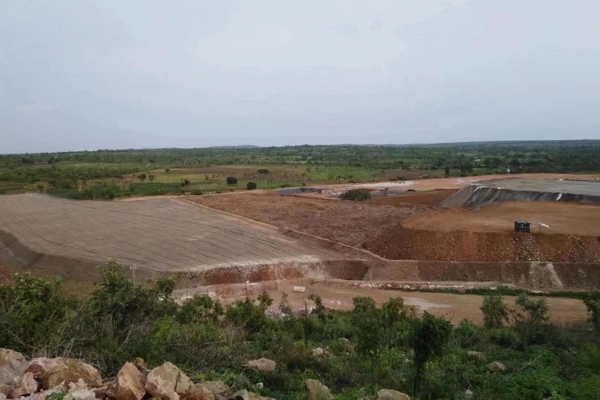
01 Heap Leaching Basics
Heap leaching is a mineral processing technique used to extract valuable metals from low-grade ores by leaching them with a solution. It is a cost-effective method commonly employed for the extraction of metals such as gold, silver, copper, and uranium. Understanding the basics of heap leaching is essential for optimizing the process and achieving efficient metal recovery.
1. Principle of Heap Leaching
Heap leaching operates on the principle of using a leaching solution to dissolve the desired metals from the ore. The ore is crushed and stacked in a heap on a specially prepared leach pad. The leaching solution, often containing a specific leaching agent such as cyanide for gold extraction or sulfuric acid for copper extraction, is applied to the top of the ore heap through a sprinkler or drip irrigation system. The solution percolates through the heap, dissolving the valuable metals from the ore particles. The pregnant solution, enriched with the dissolved metals, is collected at the base of the heap for further processing to recover the metals.
2. Advantages and Limitations of Heap Leaching
Heap leaching offers several advantages that make it a preferred method for low-grade ore processing:
Cost-effectiveness
Heap leaching is often more cost-effective compared to traditional mining and milling methods. It requires less energy and capital investment since it can be applied to large-scale operations.
Low-grade ore utilization
Heap leaching allows the extraction of metals from low-grade ores that would otherwise be uneconomical to process using conventional methods.
Reduced environmental impact: Heap leaching typically has a smaller environmental footprint compared to other extraction methods. It eliminates the need for grinding and reduces energy consumption.
Scalability
Heap leaching can be easily scaled up or down to accommodate different ore volumes and grades.
However, heap leaching also has some limitations to consider:
Slower leaching kinetics
Compared to other methods like agitation leaching, heap leaching generally has slower leaching kinetics due to the reliance on natural percolation. This can result in longer leaching times.
Limited control over leaching conditions
Heap leaching relies on the natural flow of the leaching solution through the heap, which can limit control over factors such as solution distribution and contact time. This may impact leaching efficiency.
Ore permeability requirements
Successful heap leaching requires ores with sufficient permeability to allow the leaching solution to percolate through the heap effectively. Some ores may require pre-treatment or agglomeration to improve permeability.
Understanding these advantages and limitations is crucial for designing and operating heap leaching systems effectively.
3. Types of Ores Suitable for Heap Leaching
Heap leaching is most commonly applied to low-grade ores with relatively high metal content. Some key factors to consider when determining the suitability of ores for heap leaching include:
Metal content
The ore should contain a sufficient concentration of the desired metal to make the heap leaching process economically viable.
Mineralogy
The mineral composition and distribution within the ore can influence the leaching behavior and determine the appropriate leaching agents or pre-treatment methods.
Particle size
The ore should be crushed and stacked in a way that maximizes the exposure of the metal-bearing minerals to the leaching solution. An appropriate particle size distribution is essential for efficient leaching.
It is important to conduct thorough ore characterization and laboratory testing to determine the suitability of an ore for heap leaching and to optimize the process parameters.
4. Steps in the Heap Leaching Process
The heap leaching process typically involves several key steps:
Ore Preparation and Stacking
The ore is crushed to an appropriate size and stacked on a prepared leach pad. The stacking method should ensure good permeability and uniform solution distribution throughout the heap.
Leaching Solution Application
The leaching solution, containing the desired leaching agent, is applied to the top of the ore heap. Sprinkler or drip irrigation systems are commonly used for solution application.
Leaching and Metal Recovery
The leaching solution percolates through the heap, dissolving the valuable metals from the ore particles. It is important to maintain the desired solution flow rate, pH, temperature, and oxygen levels to optimize leaching efficiency.
Solution Management and Recovery
The pregnant solution, enriched with the dissolved metals, is collected at the base of the heap. It is then processed through precipitation, adsorption, or solvent extraction methods to recover the metals. The barren solution is often recycled back to the heap after appropriate treatment.
Each step in the process requires careful monitoring and control to ensure efficient metal recovery and minimize environmental impacts.
Understanding the heap leaching basics is fundamental for designing, operating, and optimizing heap leaching systems. It forms the foundation for implementing best practices, considering operational considerations, and addressing environmental considerations in heap leaching operations.
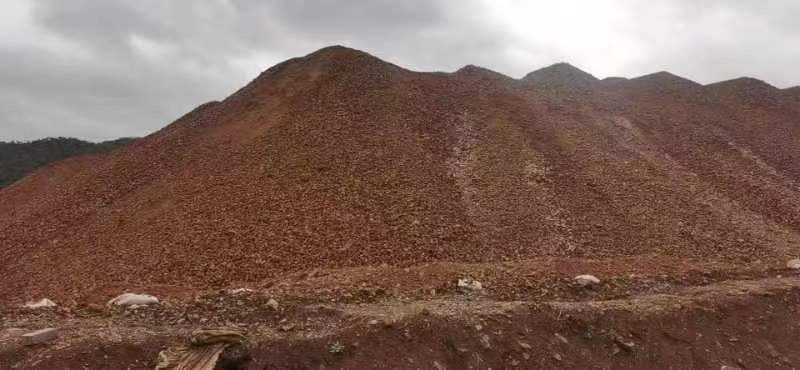
(Gold Heap Leaching)
02 Design and Construction of Heap Leaching Systems
The design and construction of heap leaching systems play a crucial role in the success of the operation. Proper design considerations and construction practices ensure efficient metal recovery, minimize environmental impacts, and facilitate safe and cost-effective operation. Here are key aspects to consider during the design and construction of heap leaching systems.
1. Heap Design Considerations
1. Site Selection and Preparation
Select a suitable location considering factors such as accessibility, terrain, climate conditions, and proximity to water sources.
Prepare the site by clearing vegetation, leveling the ground, and addressing any soil or geotechnical issues.
2. Heap Geometry and Size
Determine the appropriate heap geometry (e.g., height, slope, and footprint) based on factors such as ore characteristics, permeability requirements, and solution flow dynamics.
Consider the desired capacity and lifespan of the heap when determining its size.
3. Liner Systems and Impermeability
Install a liner system to prevent the leaching solution from escaping or contaminating the surrounding environment.
Select appropriate liner materials, such as high-density polyethylene (HDPE) or geomembranes, with adequate impermeability and chemical resistance.
4. Ore Stacking Methods and Particle Size Distribution
Optimize ore stacking methods (e.g., lift height, layer thickness, and compaction) to promote uniform solution flow and maximize metal recovery.
Control the particle size distribution of the stacked ore to ensure sufficient contact between the leaching solution and metal-bearing minerals.
2. Leaching Solution Delivery Systems
1. Sprinkler Systems
Use sprinkler systems for solution application in larger-scale heap leaching operations.
Design the sprinkler system to provide uniform distribution of the leaching solution over the entire heap surface.
Consider factors like nozzle type, spacing, and solution flow rate to optimize solution distribution.
2. Drip Irrigation Systems
Implement drip irrigation systems for solution application in smaller-scale or more controlled heap leaching operations.
Use drip emitters or dripper lines to deliver the leaching solution directly to the ore surface.
Optimize emitter spacing and flow rates to ensure even distribution and minimize solution losses.

(Leaching Solution Delivery Systems)
3. Inclusion of Agglomeration Step
Consider agglomeration as a pre-processing step for improving ore permeability and solution flow.
Agglomerate the crushed ore using binders or additives to form larger particles that enhance solution percolation and metal recovery.
4. Heap Leach Pad Construction
1. Pad Preparation and Compaction
Prepare the leach pad by compacting the subsoil or adding a suitable sub-base layer for stability and to prevent subsidence.
Employ proper compaction techniques to achieve the desired compaction density and minimize settlement.
2. Liner Installation and Integrity
Install the liner system, including the primary liner and any secondary or leak detection layers, according to design specifications.
Ensure proper seaming and testing of liners to maintain their integrity and prevent solution leakage.
3. Leach Pad Stacking Techniques
Implement efficient stacking techniques to achieve good permeability and solution flow.
Consider factors such as lift height, layer thickness, and compaction during the stacking process.
Proper design and construction practices ensure the integrity of the heap leaching system and facilitate efficient metal recovery. Additionally, adherence to safety protocols and environmental considerations is vital throughout the design and construction phases. Monitoring the construction process and conducting quality control checks are essential to ensure compliance with design specifications.
It is crucial to consult with engineering professionals experienced in heap leaching system design and construction to ensure the optimal design and construction practices are followed for each specific operation.
03 Best Practices
Implementing best practices in hap leaching operations is essential to maximize metal recovery, ensure operational efficiency, minimize environmental impacts, and promote worker safety. Here are some key best practices to consider.
1. Ore Characterization and Testing
Conduct thorough ore characterization to understand its mineralogy, particle size distribution, and permeability.
Perform laboratory testing to determine optimal leaching conditions, such as leaching agent, pH, temperature, and oxygen levels.
Use this information to optimize the design parameters and operational practices.
2. Leach Pad Design and Construction
Follow design considerations for heap geometry, liner systems, and ore stacking methods as mentioned earlier.
Implement proper construction techniques to ensure the integrity of the leach pad, including appropriate compaction and liner installation practices.
3. Solution Application and Distribution
Employ efficient and uniform solution application methods, such as sprinkler or drip irrigation systems.
Regularly monitor and adjust solution flow rates, pressure, and distribution to ensure even coverage over the entire heap.
Consider using agglomeration techniques to improve solution percolation, especially for ores with low permeability.
4. Monitoring and Control
Install monitoring systems to track key parameters, such as solution flow rates, pH levels, temperature, and metal concentrations.
Regularly measure and analyze the pregnant solution and adjust operational parameters to optimize metal recovery.
Implement real-time data monitoring and control systems to identify and address any operational issues promptly.
5. Environmental Considerations
Develop and implement environmental management plans to mitigate potential impacts, such as solution containment, dust control, and reclamation.
Implement water management strategies to minimize water consumption and ensure proper disposal or recycling of process solutions.
Monitor and control potential environmental contaminants, such as cyanide, to prevent their release into the environment.
6. Worker Safety
Implement comprehensive safety protocols and training programs for all personnel involved in the heap leaching operation.
Provide appropriate personal protective equipment (PPE) and ensure compliance with safety guidelines.
Regularly inspect equipment, machinery, and infrastructure to ensure they meet safety standards.
7. Closure and Reclamation
Develop a closure plan that outlines the steps for decommissioning the heap leaching operation and reclaiming the site.
Implement measures to stabilize the leach pad, restore the site's natural topography, and support the growth of vegetation.
Comply with regulatory requirements and engage in ongoing monitoring and reporting during the closure and reclamation process.
8. Continuous Improvement
Foster a culture of continuous improvement by regularly reviewing operational practices, monitoring results, and implementing lessons learned.
Promote research and development efforts to explore new technologies and techniques that can enhance heap leaching efficiency and sustainability.
By implementing these best practices, heap leaching operations can optimize metal recovery, minimize environmental impacts, ensure worker safety, and contribute to sustainable mining practices. It is crucial to adapt these practices to the specific characteristics and requirements of each operation and comply with local regulations and industry standards.
04Conclusion
Heap leaching systems offer a cost-effective and environmentally sound approach to extract valuable metals from low-grade ores. By understanding the principles, design considerations, operational aspects, and environmental considerations discussed in this guide, operators can optimize their heap leaching processes. It is essential to prioritize safety, regulatory compliance, and sustainable practices to ensure the long-term success of heap leaching operations. Continual improvement, knowledge sharing, and collaboration within the industry will contribute to further advancements in heap leaching technology and its application in the mining sector.
- Random article
- Popular articles
- Popular comments
- Copper ore oxidation-reduction segregation+flotation process
- Positive flotation beneficiation process for bauxite
- Lead zinc ore mixing+separation flotation process
- Nickel ore magnetic separation+flotation combined process(Sulfide ore)
- Effective Gravity Beneficiation for Chromium Ore
- Rutile Gravity Separation, Magnetic Separation, and Flotation Process
- Rutile Processing: Gravity, Magnetic, Flotation, Electric Separation









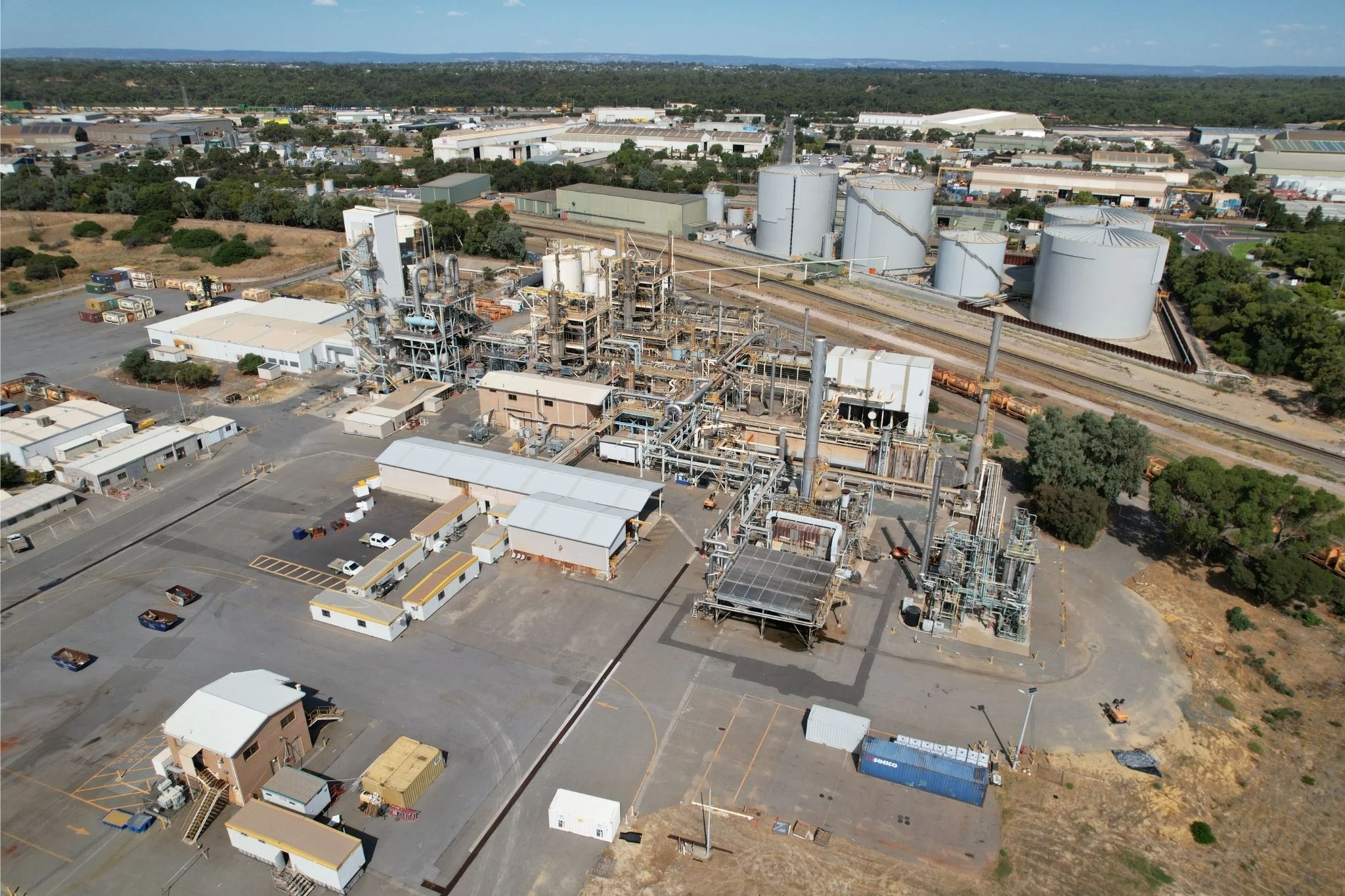
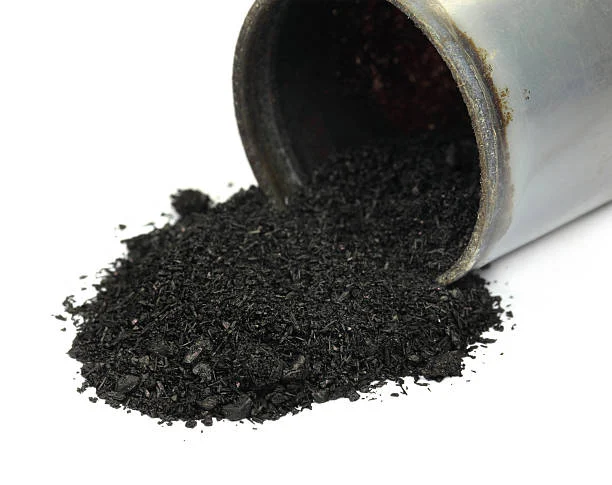

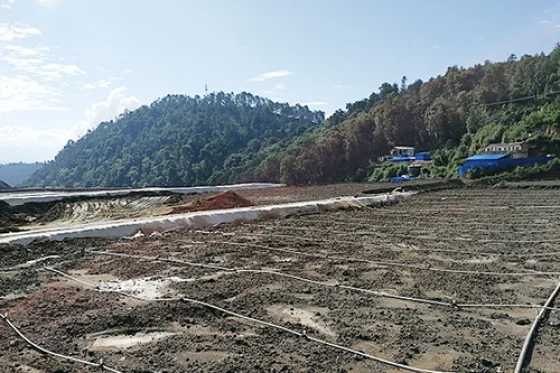
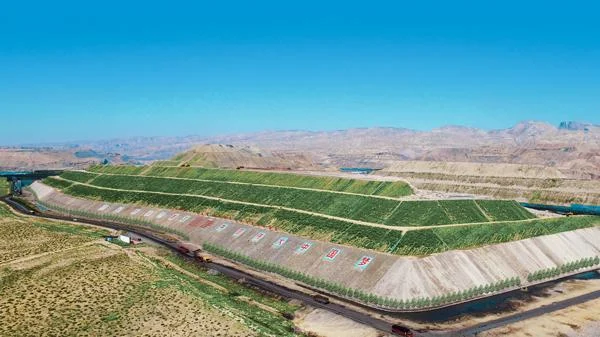

Leave a message with your needs or comments
Add comment: